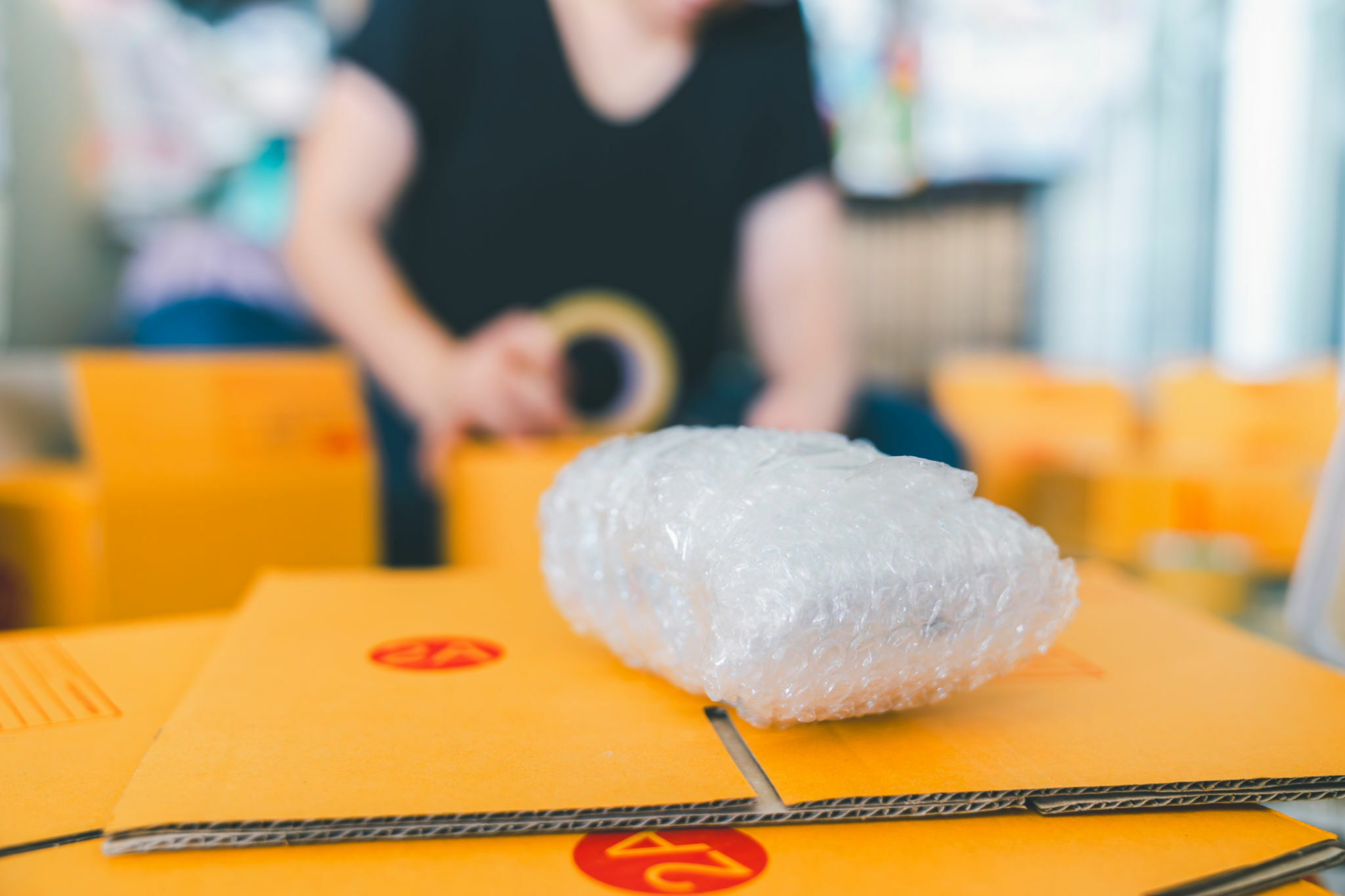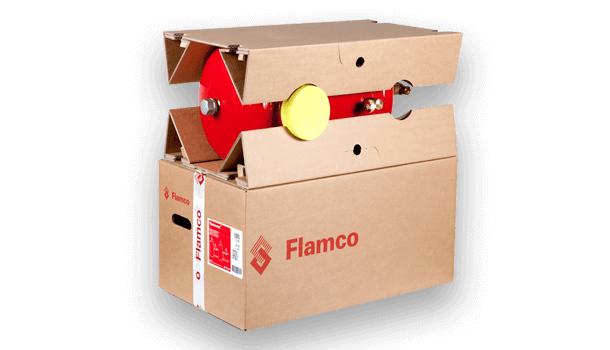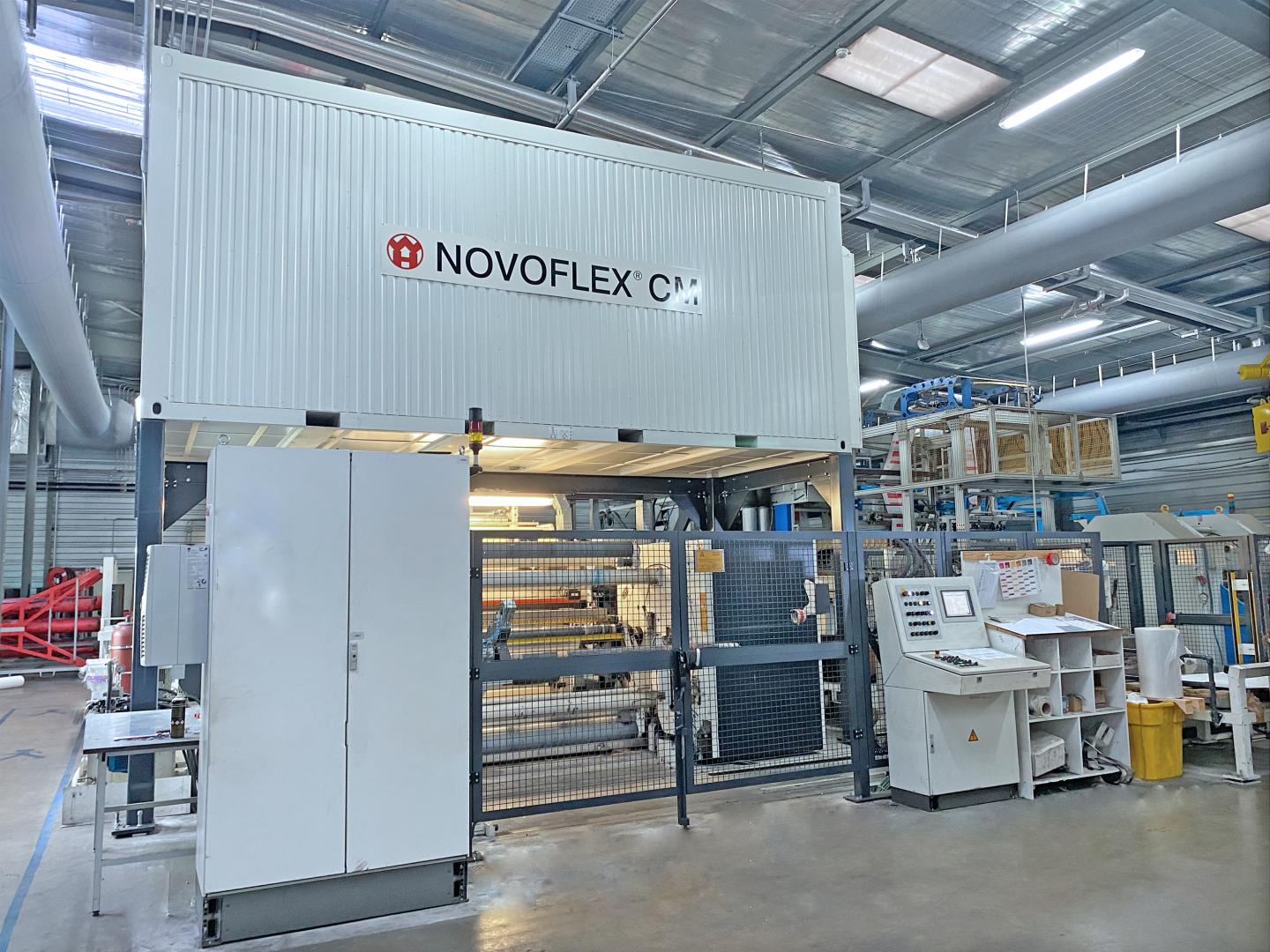Industrial Metal Packaging: Strength and Resilience in Every Layout
Industrial Metal Packaging: Strength and Resilience in Every Layout
Blog Article
Reliable Industrial Recycling Solutions for Sustainable Product Packaging: A Comprehensive Guide
In today's significantly environmentally-conscious world, the demand for lasting packaging options has actually never ever been higher. To meet this demand, organizations across markets are proactively looking for effective industrial recycling services. Nonetheless, browsing the complex landscape of sustainable packaging can be testing without an extensive guide. That's where this extensive overview on efficient industrial recycling options for sustainable packaging can be found in. By discovering vital areas such as product packaging material choice, developing for recyclability, carrying out recycling infrastructure, collaborating with recycling companions, and monitoring and determining recycling success, this guide will equip you with the knowledge and devices essential to make enlightened choices and drive positive change within your company. Whether you're a product packaging expert, sustainability manager, or simply curious about the subject, this guide will give beneficial understandings and approaches to help you navigate the world of lasting product packaging.
Product Packaging Product Selection
The selection of packaging materials plays an important duty in ensuring the sustainability of industrial recycling options. When it comes to lasting packaging, the choice of materials is type in lessening ecological effect and making the most of recycling effectiveness. Picking the appropriate materials can help minimize waste generation, conserve resources, and advertise a round economic climate.
One crucial aspect to take into consideration in product packaging material selection is recyclability - processing company. Materials that can be quickly reused and included back into the manufacturing cycle are chosen. Materials like cardboard, paper, glass, and specific types of plastics can be recycled numerous times without losing their high quality. On the other hand, products that are hard to reuse, such as combined plastics or non-recyclable compounds, can develop difficulties for the recycling process and might end up in land fills or incinerators.
One more factor to consider is the use of biodegradable and sustainable products. Packaging made from eco-friendly resources, such as plant-based plastics or biopolymers, can aid decrease dependence on fossil gas and mitigate climate adjustment. Additionally, eco-friendly materials break down normally in time, reducing the build-up of waste in land fills.
Moreover, the weight and volume of product packaging products should be minimized to minimize transport costs and power usage. Light-weight materials not only require fewer resources during manufacturing yet additionally contribute to lower carbon emissions during transport.
Creating for Recyclability
In order to guarantee the recyclability of packaging materials, thoughtful style is crucial. Creating for recyclability entails developing product packaging that can be conveniently arranged, divided, and refined in reusing centers. One crucial facet of making for recyclability is the selection of products. Product packaging designers ought to prioritize the use of materials that are widely accepted for reusing and have actually developed recycling facilities. Materials such as glass, aluminum, and particular kinds of plastic, like pet dog and HDPE, are commonly reused and must be liked over materials that are expensive or tough to recycle.
An additional critical consideration in developing for recyclability is the removal of unnecessary parts or materials. By minimizing the variety of layers, finishings, and additional elements, packaging can be made less complex and simpler to reuse. Furthermore, developers must aim to minimize using blended materials, as they can make complex the reusing process.

Implementing Recycling Framework
Efficient execution of recycling framework is important for the success of commercial recycling remedies. Without appropriate infrastructure in position, the reusing procedure becomes ineffective and inefficient, hindering the overall objective of sustainable packaging.
To execute recycling facilities properly, several essential aspects require to be taken into consideration. There must be an efficient collection system that facilitates the separation and collection of recyclable materials. This can include assigned reusing containers in public rooms, along with collaborations with waste management companies for curbside pickup and sorting.
Once gathered, the recyclable materials need to be delivered to reusing centers in a prompt fashion. This requires efficient logistics and transportation networks, guaranteeing that the materials reach the proper centers without hold-up.
At the reusing facilities, advanced sorting and processing innovations ought to be in location to separate different sorts of materials efficiently. This consists of the usage of automated arranging makers, optical scanners, and hand-operated sorting techniques.
Additionally, there ought to be a durable market need for recycled products. This can be attained through partnerships with makers and sectors that make use of recycled products in their manufacturing procedures. Creating a stable market for recycled materials incentivizes the reusing sector and advertises the round economy.
Collaborating With Recycling Partners

One trick facet of working together with recycling partners is the facility of clear communication networks. It is necessary to establish open lines of interaction to assist in the exchange of information, updates, and responses. This enables both parties to remain informed concerning the development of recycling efforts and deal with any kind of obstacles or issues that might develop.
Furthermore, cooperation can entail collaborations in designing and applying reusing programs. Recycling companions can offer beneficial understandings this website and assistance in developing efficient collection systems and identifying one of the most ideal recycling technologies. By collaborating, services and check my blog recycling companions can enhance the reusing process and minimize waste.
Moreover, cooperation can extend past the functional facets of recycling. It can additionally encompass campaigning for and education efforts. By signing up with pressures, companies and recycling companions can elevate awareness regarding the relevance of reusing and promote the adoption of sustainable packaging methods amongst customers and various other stakeholders.
Tracking and Measuring Recycling Success
To guarantee the efficiency of commercial reusing remedies and the achievement of sustainable packaging goals, it is vital for organizations and their reusing companions to develop a comprehensive system for tracking and measuring recycling success (bulk container recycling). Gauging and tracking reusing success permits organizations to analyze the influence of their reusing initiatives, recognize locations for renovation, and established purposeful targets for future progression
One method to track recycling success is with making use of data collection and analysis tools. By collecting information on the quantity of product packaging waste generated, the percent of waste that is reused, and the kinds of materials being recycled, businesses can gain valuable understandings right into their recycling performance. This information can then be evaluated to identify trends, patterns, and locations of inadequacy.
One more essential aspect of monitoring and gauging recycling success is establishing clear and standardized metrics. This enables services to compare their performance versus market criteria and track their progress over time. Metrics such as recycling rates, waste diversion prices, and greenhouse gas exhausts can supply a quantitative action of a service's recycling success.

Conclusion
To conclude, executing efficient industrial recycling services for lasting packaging calls for mindful factor to consider of packaging product selection, creating for recyclability, carrying out reusing infrastructure, collaborating with reusing partners, and monitoring and gauging recycling success. By integrating these techniques, organizations can add to a much more lasting and Bonuses environmentally-friendly method to packaging, reducing waste and advertising the circular economic situation.
By discovering vital areas such as packaging product selection, designing for recyclability, applying recycling infrastructure, collaborating with reusing companions, and tracking and gauging recycling success, this guide will certainly outfit you with the expertise and tools needed to make informed decisions and drive favorable adjustment within your organization. Packaging developers need to prioritize the use of materials that are extensively approved for recycling and have established reusing frameworks.Collaboration with recycling partners is crucial for the successful application of commercial reusing solutions and the achievement of sustainable product packaging objectives. By signing up with pressures, businesses and reusing companions can elevate awareness about the value of reusing and advertise the fostering of lasting product packaging techniques amongst customers and various other stakeholders.
By accumulating information on the quantity of packaging waste generated, the percentage of waste that is reused, and the kinds of materials being recycled, businesses can gain valuable insights into their recycling performance.
Report this page